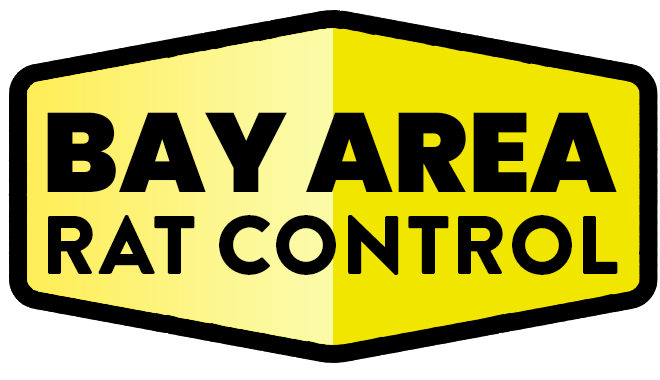Opening Thoughts
Dealing with a rat infestation is not just about eliminating the current problem; it’s about preventing future infestations. Long-term rat control solutions focus on proactive measures to make your home uninviting to rodents. This guide outlines effective strategies to protect your residence and ensure a rat-free environment for years to come.
Why Long-Term Solutions Matter
1. Prevent Recurring Infestations
- Rats are resourceful and can return if your home offers food, water, or shelter.
- Permanent solutions reduce the likelihood of repeat problems.
2. Protect Health and Safety
- Long-term control minimizes exposure to diseases like hantavirus and leptospirosis.
- Prevents structural damage caused by rats gnawing on wood, insulation, or wiring.
3. Save Time and Money
- Investing in preventive measures reduces the need for costly emergency treatments and repairs.
Key Components of Long-Term Rat Control
1. Sealing Entry Points
- Common Entry Points:
- Gaps around doors and windows.
- Cracks in walls, foundations, and roofs.
- Openings around pipes, vents, and utility lines.
- Solutions:
- Seal gaps with steel wool, caulk, or metal mesh.
- Install door sweeps and weatherstripping to block under-door access.
- Cover vents and drains with heavy-duty grates.
2. Eliminating Attractants
- Food Sources:
- Store food in airtight containers, including pet food and birdseed.
- Clean up spills and crumbs immediately.
- Keep outdoor grills clean and free of grease.
- Water Sources:
- Fix leaky pipes, faucets, and hoses.
- Eliminate standing water in gutters, birdbaths, and potted plants.
- Shelter:
- Declutter storage areas, including basements, attics, and garages.
- Trim overgrown vegetation and keep firewood stacked away from the house.
3. Routine Maintenance
- Conduct regular inspections of your home’s interior and exterior for signs of wear or damage.
- Repair any vulnerabilities immediately to maintain a secure perimeter.
Advanced Prevention Techniques
1. Use Professional Exclusion Services
- What It Involves:
- Professional sealing of entry points.
- Structural modifications to deter rats from nesting or traveling through your home.
- Benefits:
- Ensures high-risk areas are effectively sealed with durable materials.
2. Install Rat Deterrents
- Ultrasonic Devices:
- Emit high-frequency sound waves to discourage rats from entering specific areas.
- Natural Repellents:
- Use essential oils like peppermint or citronella in entry points or nesting areas.
- Motion-Activated Traps:
- Combine trapping and deterrence in high-activity zones.
3. Regular Pest Control Inspections
- Schedule bi-annual or annual pest control assessments to identify risks and implement preventive measures.
Community-Based Approaches
1. Neighborhood Coordination
- Work with neighbors to eliminate attractants and address infestations collaboratively.
- Share information about sightings and prevention strategies.
2. Waste Management
- Use rat-proof trash bins and ensure timely waste disposal.
- Encourage community cleanup efforts to reduce hiding spots and food sources.
Monitoring for Long-Term Success
1. Identify Early Signs of Activity
- Look for droppings, gnaw marks, or greasy trails near walls and entry points.
- Monitor for unusual noises, such as scratching or scurrying, especially at night.
2. Use Monitoring Tools
- Install motion-sensor cameras or tracking powders in high-risk areas.
- Place tamper-resistant bait stations for ongoing monitoring.
Common Mistakes to Avoid
- Neglecting Regular Maintenance:
- Over time, sealed entry points may degrade, requiring reinspection and repair.
- Ignoring Neighboring Infestations:
- Rats often migrate between properties; coordination with neighbors is essential.
- Overreliance on Single Methods:
- Long-term control requires a combination of exclusion, sanitation, and deterrence.
When to Call a Professional
- If you’re unable to identify or seal all entry points.
- For severe infestations that require advanced tools and expertise.
- To implement a comprehensive pest control plan tailored to your home.
Final Thoughts
Long-term rat control is about more than addressing the problem at hand—it’s about creating a lasting defense against future infestations. By focusing on exclusion, sanitation, and monitoring, you can ensure your home remains safe and rat-free. Partnering with professionals and engaging your community can further enhance the effectiveness of these measures, giving you peace of mind for years to come.
Relevant Links/Sources:
Rodent Prevention Tips – CDC
Comprehensive Home Pest Control – NPMA
Long-Term Rodent Control Solutions – PestWorld
